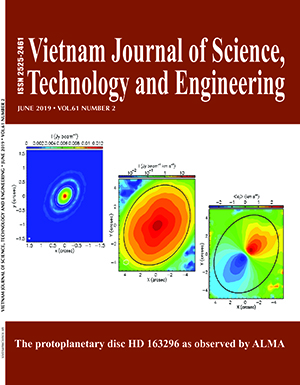Calculating the carbon footprint of rice production in Vietnam and formulating a proposal for mitigation options.
Tóm tắt
This study aims to develop a method for calculating the carbon footprint of rice during its life cycle by combining Life Cycle Assessment (LCA) and the 2006 Guideline of the Intergovernmental Panel on Climate Change (IPCC) for National Greenhouse Gas Inventories (GL 2006) for paddy rice grown in Phu Luong commune, Dong Hung district, Thai Binh province, Vietnam. In the course of the study, a LCA survey that included activities in the upstream processes, the agricultural process, and the post-farm stage was conducted based on interviews with three groups of 30 farmer households that apply the conventional practice of rice production, the system of rice intensification (SRI), or the wide-narrow row method. These cultivation practices are applied for both the winter-spring crop and summer-autumn crop seasons. The emissions were calculated by multiplying the activity data by the default emission factors in GL 2006 or in other relevant studies. The emission factors of methane (CH4) from rice cultivation and nitrous oxide (N2O) from agricultural soil were adjusted using actual measurement results from the Institute of Agricultural Environment (IAE) in 2016. The results of the calculations show that the main sources of the emissions that constitute the carbon footprint of rice include: (i) CH4 emissions from rice cultivation; (ii) electricity generation for irrigation; (iii) diesel combustion for the operation of agricultural machinery, and (iv) fertiliser production. Emissions from other activities were negligible. The carbon footprint of spring rice is 2.69 kgCO2e/kg of rice grown using the conventional paddy cultivation method, 2.35 kgCO2e/kg for rice grown using the SRI method, and 2.29 kgCO2e/kg for rice grown using the wide-narrow row method. In summer, the carbon footprint for rice grown using the conventional method is 3.72 kgCO2e/kg of rice, 3.56 kgCO2e/kg of rice using SRI, and 3.3 kgCO2e/kg of rice using the wide-narrow row method. Three mitigation options are proposed: integrated crop management for rice; alternate wetting and drying; and the substitution of urea fertiliser (CO(NH2)2) with ammonium sulphate ((NH4)2SO4).Keywords: carbon footprint, greenhouse gas, LCA, mitigation, rice.
Classification number: 5.2




